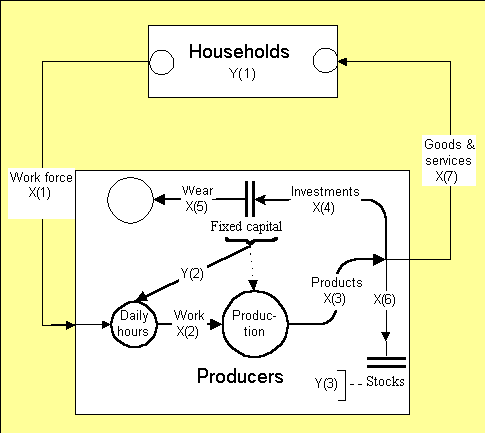
| 8. The role of investments | 17 Sept 1999 |
Work, equipment and natural resources are the basis for all production. All modern production requires some kind of equipment such as tools, machinery, buildings and infrastructure which all together are called fixed capital. The amount and quality of fixed capital determines the production capacity in the society.
Fixed capital will eventually be worn out and has to be replaced by reinvestments. Some equipment is replaced for economical reasons by more productive equipment and further investments add new production capacity. The real flows of the production system was shown in chapter 4, we show it once more with emphasis on the flow of investment goods and fixed capital.

Figure 8.1:1 Investments and fixed capital, real flows.
At any given time, there is a certain amount of fixed capital
Y(2). A work force of X(1) employees can be employed
and they perform a work of X(2) wmy/year (worked man-years/year).
The total production is X(3) pmy/year (produced man-years/year).
One part of the production X(4) is used for investments.
If the investments are bigger than the wear of the fixed capital
X(5), then more fixed capital is accumulated and the production
capacity increases (with constant productivity). The private consumption
is X(7) pmy/year. A production surplus X(6) is stored
as stocks and a deficit is withdrawn from the stocks.
This simple model assumes that the production capacity can be used for all kind of production, investments and goods and services for private consumption. That means that a choice has to be made between investments and consumption. A too high consumption may draw resources from the investments so the fixed capital deteriorates. On the other hand, too low consumption causes stocks to build up and the production has to adjust to a lower capacity, either by laying of people, working less daily hours or invest less. A balanced consumption leaves enough capacity for necessary investments. The regulation of the consumption level was studied in chapter 6.
A more detailed view with separate sectors for investments goods and consumer products helps to understand the mechanisms better. Figure 8.1:2 below shows how one part of the work force works in the sector for investment goods, the other part produces consumer products. This view of the system has fixed capital in two places and stocks in two places which gives more features to the dynamic behavior of the system. We will not build a dynamic model with that many details now. The figure is only used for explaining the payment flows.
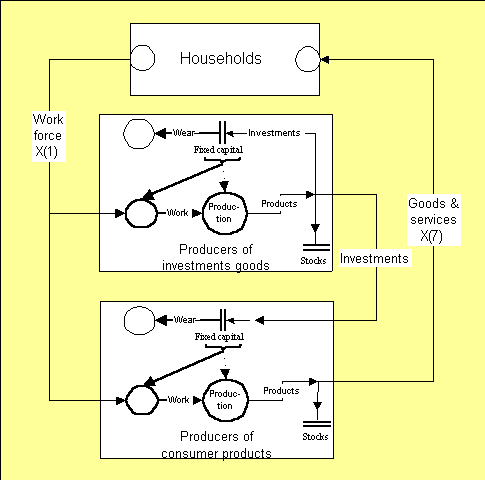
Figure 8.1:2 Investments and consumer products, real
flows.
The payment flows that correspond to figure 8.1:2 above are shown below. There are two flows for wages, one flow for each part of the production, investments and consumer products. There are also two profit flows which both end at the common finances. Finances and both kind of producers belong to the producers sector. Other payment flows are external to the producers sector: the private expenditures X(9), the savings X(10), the wages X(8) and the dividends X(13). Gross profits X(11) and investments X(12) are the same as shown in figure 5.1:1 but are here shown as internal flow of the producers sector.
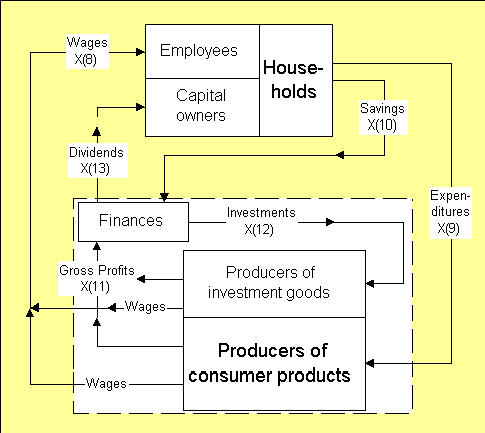
Figure 8.2:1 Expenditures and investments
The financial flow for the investments X(12) come from the finances of the producers sector. We see that there are three ways to supply the money for the investments:
All three methods can be used simultaneously. In mathematical language: the flows can be superimposed on one another.
The expenditures for the private consumption have to be used both for the production of consumer goods and for investments. Once that the money have come into the producers sector, they have no identity. It is not possible to tell which money was used for a special purpose. Therefore, we can say that one share of the expenditures are used to finance the investments. These money will eventually be the wages for the people working in the investments goods sector. The wages from the investments sector will in turn be mixed with all other wages. A circular flow of payments for financing investments is shown in figure 8.3:1 below.
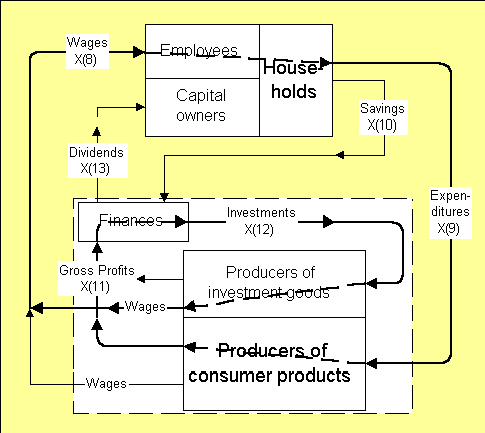
Figure 8.3:1 Expenditures and investments
This picture shows how the investments may be tied to the
expenditures (besides the two other ways for financing: savings
and dividends as stated above). Note that this circulating flow
does not directly pay for the private consumption, it is an indirect
cost that is added to the price of the consumer products. The
flows can be shown in a different way as in figure 8.3:2 below.
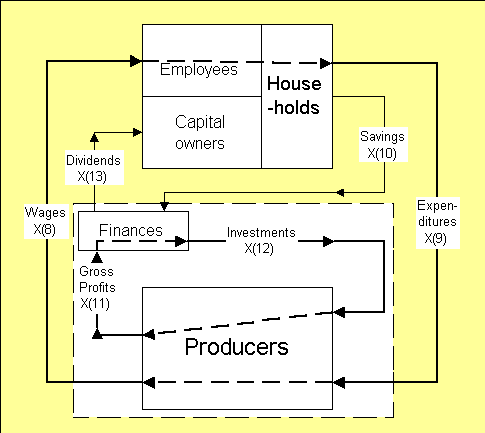
Figure 8.3:2 Expenditures and investments
In this case, the whole cost for the production is included in the expenditure flow X(9), the cost for producing the consumer commodities and the cost for investments. Wages for employees in both kinds of production are also shown as one flow X(8). This picture shows the investments flow X(12) as internal to the producers sector. This is sufficient for calculations at this level of aggregation.
This model assumed that the same kind of resources are used for the production of commodities for both private consumption and investments. This means that the two kinds of commodities have the same price so the value of the investments X(12) must be real flow X(4) (pmy/year) times the price pr (CU/pmy). The investments flow is one part of the gross profits X(11).
The investments can be financed by the producers sector itself if the private expenditures X(9) are equal to the total cost for wages X(8). The private expenditures X(9) have to pay for the consumtion of goods and services X(7) so the price of the consumption is pr = X(9)/X(7). If, at any given moment with given a production capacity more is invested X(4), then less is sold for consumption X(7) and the price of the commodities will be higher. Thus, the ratio between investments and consumption will depend upon the price of products as we will show now.
The payment balance gives that the expenditures are equal to the wages: X(9) = X(8). Using the price and wage level we get: wa*X(1)=pr*X(7).
The investments are the difference between the total production and the consumption: X(4) = X(3) -X(7). The total production is proportional to the number of people working according to equations (4) and (3) of chapter 4: X(3) = fPdWk * whDay/whNom * X(1).
Now we get: X(4) = fPdWk * whDay/whNom * X(1) - wa*X(1)/pr and X(4)/X(7) = ( fPdWk * whDay/whNom - wa/pr) * X(1)/X(7).
This means that if more people X(1) work for the same private consumption X(7), more can be invested X(4). The equation also says that a higher price pr in relation to the wage level wa gives a higher relative investment flow.
The equation above gives a relation between the real flows. It can be transformed to express payment flows by multiplying the whole equation by the factor pr/wa:
| Investments, CU/year | X(12) = ( pr/wa * fPdWk * whDay/whNom - 1) * X(8) | Eq. 8.3:1 |
which says that the value of the investments X(12) is proportional to the wages X(8), which in turn are equal to the private expenditures X(9).
I will try to add some exercises to each chapter. I do not publish any answers at the moment but readers are welcome with their suggestions to my e-mail. If the reader wishes, I can add the answers to this document. I reserve the right to add my own comments to the answers. If contributors wish, I can also, as far as I have time, return personal comments by e-mail.
Back to home page, contents,
beginning of chapter.
Next chapter Chap 9.